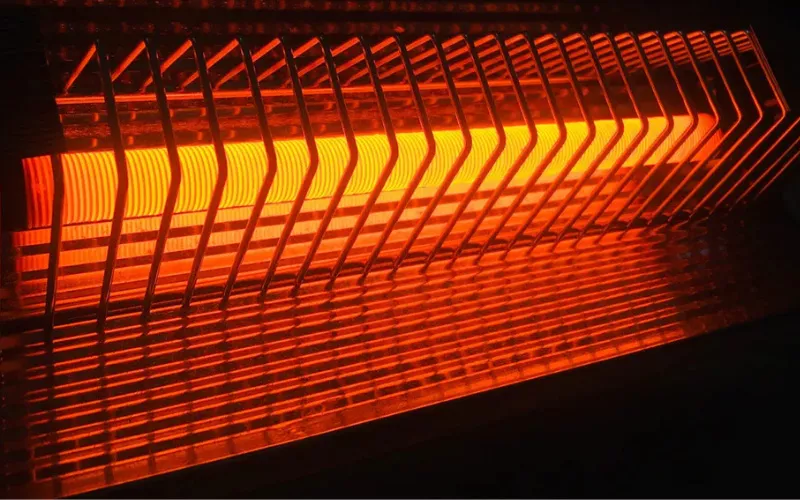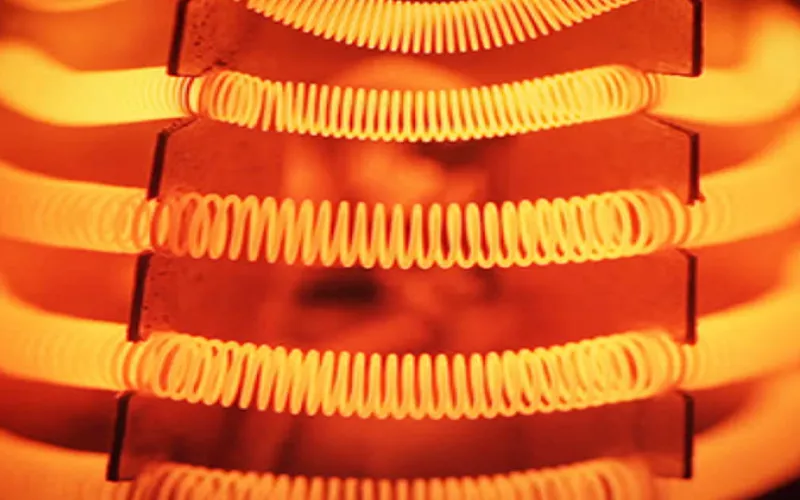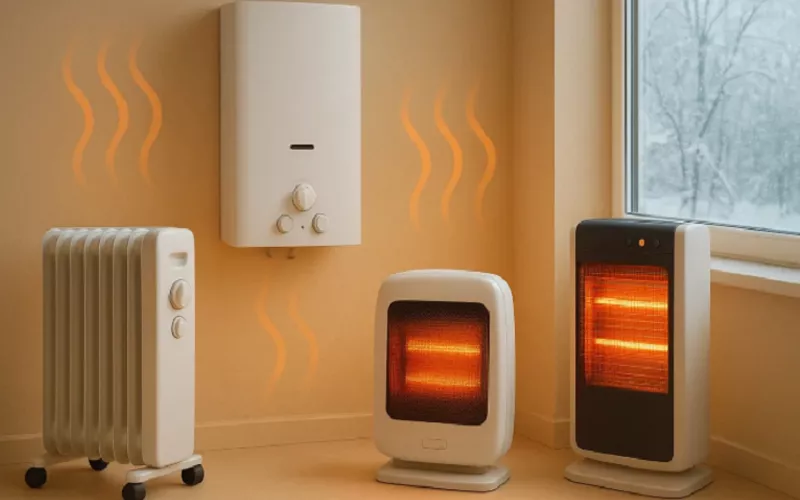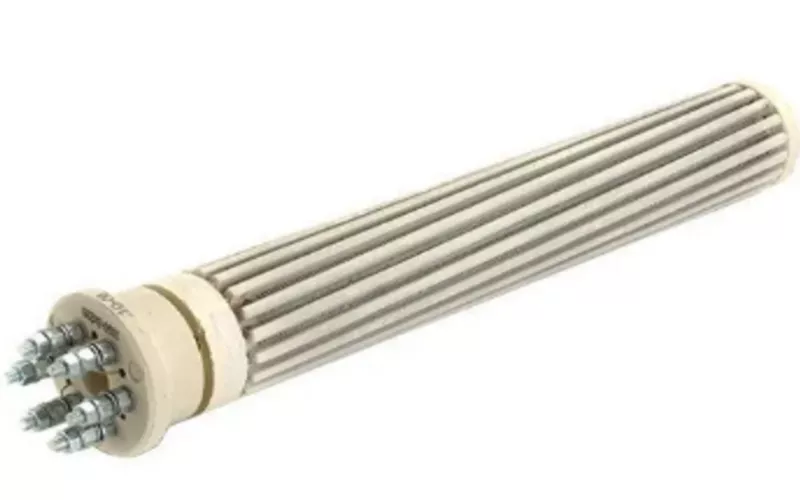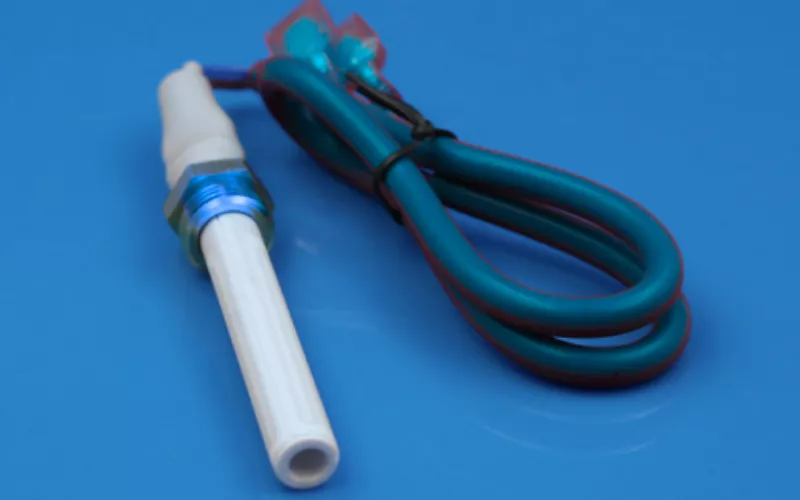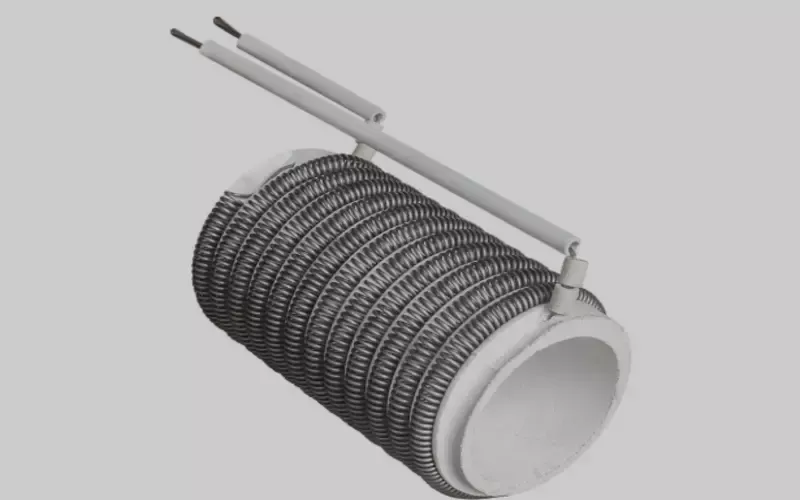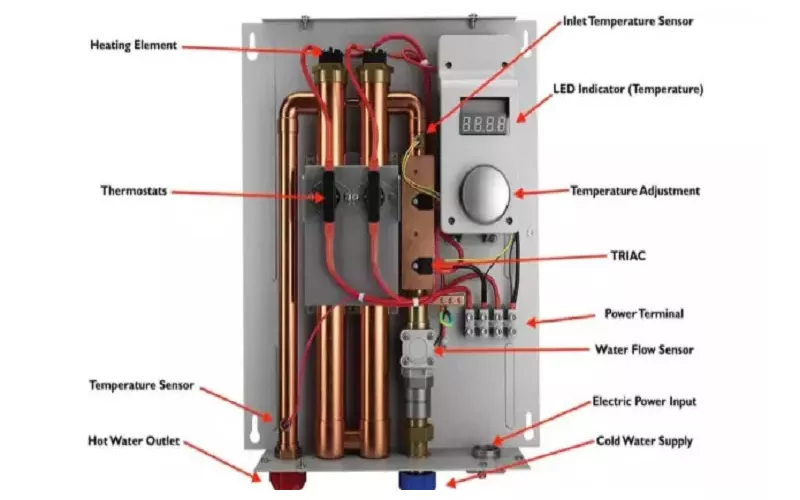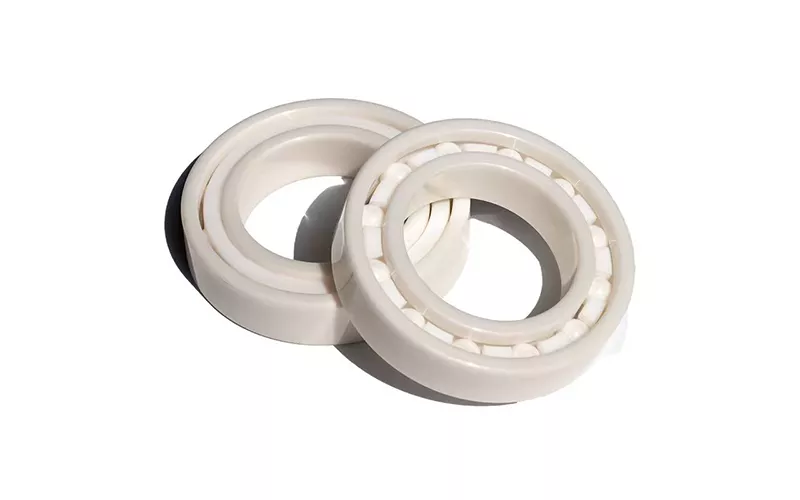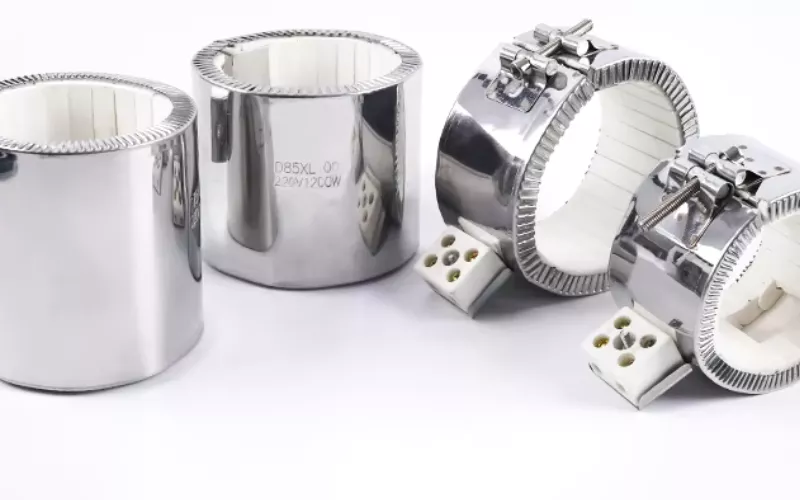What Is Quartz Igniter? Step-By-Step Guide for Industrial Use
Introduction A quartz igniter is a device that transforms mechanical energy into electrical sparks with the help of a piezoelectric crystal. Its mission is to give it reliable ignition without any external power. In this guide, you will learn the definition, working process, core parameters, advantages, disadvantages, industrial use, and other technical information. What Is a Quartz Infrared Igniter? Want to know “what is a quartz infrared heater?” So, a quartz igniter is an ignition device that produces high voltage using a piezoelectric crystal. Simply, it is a kind of igniter that can be used to start gas burners or […]
2025-12-12
